Instead of screaming into the void of Twitter, I bring you a weekly highlight reel of what it’s like going places in Greater Hartford when one is gloriously car-free. These posts are on a slight time delay because nobody needs to know exactly where I am when I am there.
We need to talk about how Hartford allows major events to be done the way there are.
It’s a conversation people do not want to have because, heaven forbid, they appear cranky for daring to provide constructive criticism.
This past weekend, it was the Hartford Marathon.
I don’t understand running. It jostles the body. There’s a hospital’s worth of doctors and nurses at the finish line, which should serve as a giant red flag. But people seem to enjoy tormenting themselves and who am I to throw a wet blanket on their good time? Running is a low-carbon activity, requiring only a pair of sneakers — and I hear some people do this shit barefoot. They should have a safe space for their sport/self-torture.
And the thing that the marathon has done consistently well is not blocking off paths in Bushnell Park with cars. If you live on, say, Hungerford Street and wanted to get to Union Station during the marathon, you were not met with plastic fencing across the most direct route.
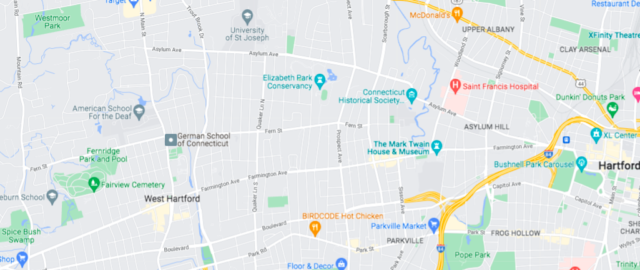
But here’s the thing people don’t understand unless they have to: for the morning and early afternoon, there is no bus service for most of the routes on Park Street, Capitol Avenue, or Farmington Avenue. Additionally, the Fern Street and Asylum Avenue buses do not run on Saturdays. What this means is that if you live outside downtown along those routes but needed to get into West Hartford or into downtown Hartford, you had to find another way to travel (not possible for those with certain mobility issues), postpone, arrive incredibly early, or skip what you needed to do. Or, as was obvious at the makeshift Church Street terminal, be absolutely confused about what to do next. Detours and disruptions were announced in advance, but the details were sparse for what your alternatives were if taking the bus.
There are ways to make this situation less inconvenient, and frankly, less stupid.
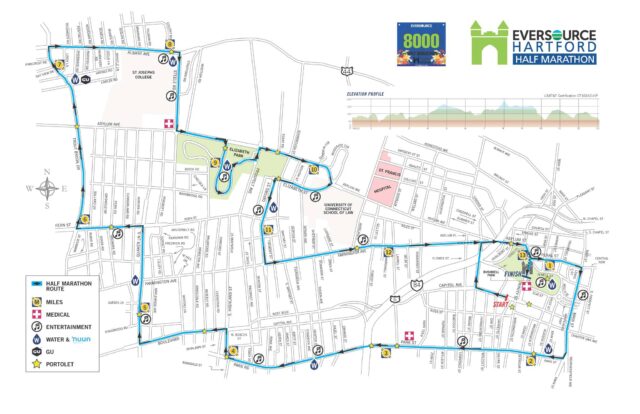
(I did not make that map above. There are multiple streets missing, properties mislabeled, etc.)
What would it take to shift parts of the route so that one — just one — of those east-west routes could operate with minimal disruption? Farmington Avenue is the busiest route and the one that makes the most sense to continue using, though Capitol Avenue would be the easiest to re-open early. Runners move fast at the start. Bring in the clean up crews, and that part of the route could re-open within an hour. It would not be ideal, but running more frequent Capitol Avenue buses that day and effectively notifying riders in advance means that those along Park Street and Farmington Avenue have a better shot of going where they need to go . . . and just because something is happening on a Saturday morning does not mean everyone has the day off. People still have jobs to get to at West Farms, Bishops Corner, and West Hartford Center, and their options shouldn’t be arrive three hours early for a shift and stand outside, or, call out.
This is something that the Hartford Marathon Foundation could actually work with CTtransit to coordinate. That’s the other part of this that seems to have been dropped.
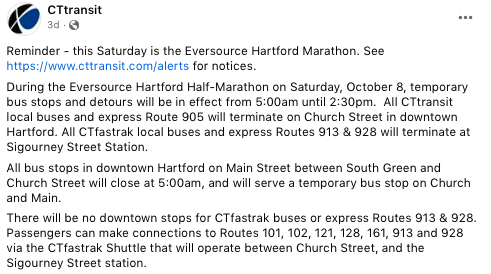
That is how CTtransit explained their absolute chaos system. The link to the alert notices? Don’t bother checking. That information does not exist. From this notice, it is unclear how thoroughly mangled service would be. If user experience was a priority, there would be maps created showing alternatives for people. Let’s say a passenger lives near South Whitney and Farmington but needs to get to an appointment in Bishops Corner? How does she get there when she can’t walk more than three blocks? Anyone? Anyone?
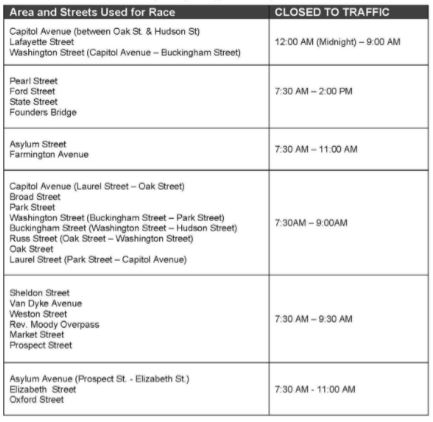
I’m looking at this closure schedule released by the HMF and am scratching my head. Somehow Main Street is not included.
Although Farmington Avenue had re-opened at 11, the Farmington Avenue buses were still not using the road after 1 PM. Instead, drivers hopped on I-84 at Park Road in West Hartford — the highway was a massive traffic jam — and exited the highway downtown, with the first stop on Church Street near Main. How would people living in between that space get home? Why not, inbound, go Farmington Avenue to the train station and then terminate on Church Street once it was allowable? The roads had reopened. People were driving cars. The buses were not going this way, perhaps more concerned with connecting buses to other buses than serving people on the routes themselves?
This raises questions about communication. Were drivers waiting on a signal from their management? Did management just decide to roll with their major clusters? How confusing was this? They sent out workers to some of the major stops to assist riders in knowing where to go, but I overheard one saying “I’m not sure. I just got here myself.”
Guys. Who is steering the ship?
Was management waiting for communication from HMF? From Hartford Police Department? Who was HPD waiting to hear from? I ask because I saw a few cops lingering with their side street closures along Capitol Avenue and Park Street, even though the runners had long gone through and the streets should have re-opened. It’s not like this was the marathon’s debut year. This should run more smoothly by now. Look at that first map again. If it’s marathon Saturday and you take the bus, you’re kinda screwed if you live along or between Asylum Avenue and Park Street.
Don’t tell us that sharing the roads helps the region. Show us this.
In its current iteration, the marathon — like several other large events hosted in Hartford — feels extractive. I am not nearly the first person to observe or say this.
If I thought this was a lost cause, I wouldn’t waste time on it.
It’s possible to have an event that attendees enjoy, without unfairly imposing on residents.
I’ll say it again.
It’s possible to have an event that attendees enjoy, without unfairly imposing on residents.
Nobody has to lose.
WHAT NEXT
- Contact CTtransit and HMF asking for more thoughtfulness when it comes to how bus routes are detoured on marathon day. How can they work together so that there is less disruption for bus riders in Asylum Hill, Frog Hollow, South Green, and Parkville needing to reach West Hartford or downtown?
- There will be a Ghost Shoes installation on October 15 starting at 10 AM in West Hartford at the site where a pedestrian was killed in June 2022.
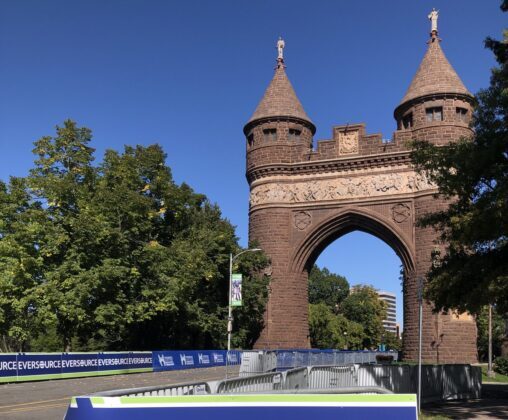
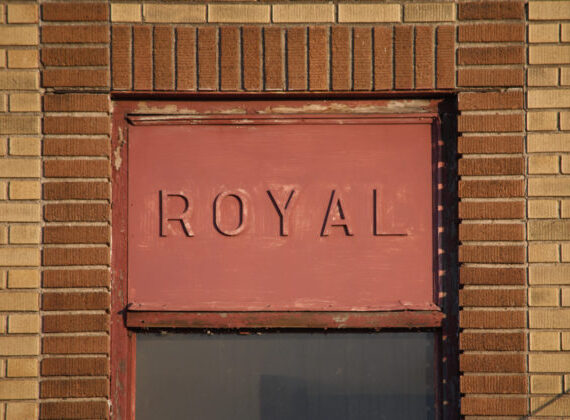
Jim Head
Great commentary on this event. Running in Hartford shouldn’t need to close down so many major streets and for so long. Buses, not cars, should take priority. I’ve taken the bus to/from this race before from West Hartford and the planning and worry to arrive on time, not sure where the bus is going to let you off, is off-putting. Many races have shuttles specifically FOR the runners & spectators, imagine that? This is a great opportunity for better coordination between the City of Hartford, surrounding towns, and HMF.
RICHARD
After so many years of racing in our streets I don’t think that the city, the marathon, surrounding towns, Ct. Transit will ever get it together. So many times, workers who just want to get to and from their jobs are stranded, or folks who rely on the bus to go grocery shopping or doing other errands. One thing that Ct. Transit should do and yes, it is their job is post where the detour is on what streets. Of course, we who experience this year after year know that this will never be fixed, after all who cares if people who need the bus are inconvenienced.